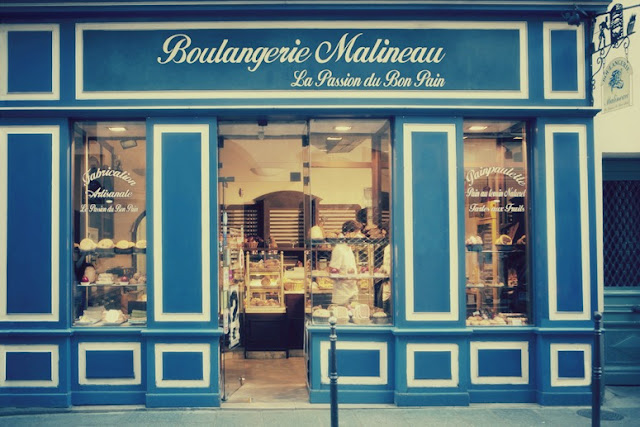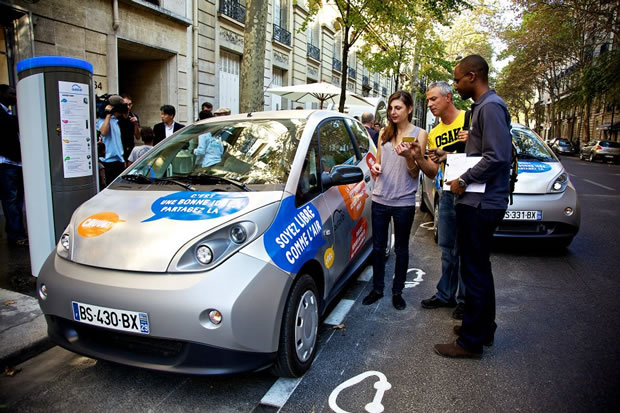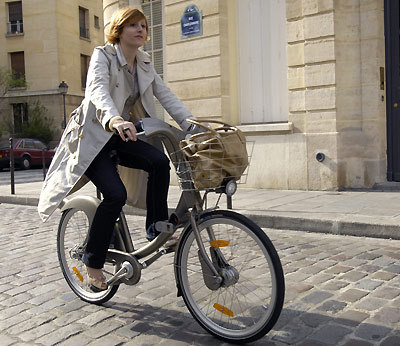Parisians, their Love Locks, and their Public Display of
Affection
Blogged by Marcus Bellamy
In the states, PDA is typically frowned upon, wherever you
are; keep it private because no one wants to see that! A common enough phrase is “Get a room!” which
is said to any couple who is display their affection in public too much.
But in Paris?
That’s not the case at all!
Couples from young…
…to old…
…show absolutely no shame in displaying their love for one
another in Paris.
This brings me to the Love Locks Bridges. Regardless of its origin – some claim that it
began in Paris while still others say that it began in Italy – the Love Locks
Bridges in Paris have been a symbol of everlasting love since the early 2000s.
Couples come to these bridges with a lock and key. Once there, they inscribe their names or
initials upon the lock, a significant date in their relationship, and lock the
lock on the bridge. After this, the
couple throws the key into the River Seine, symbolizing that the key to
unlocking their affection for each is now lost beneath the waves of the
Seine. Nowadays, some bring a
combination lock instead, which loses the meaning, in my opinion; the method of
opening the lock is a number, which you (can) memorize, and then return to unlock
another time if the relationship goes sour.
That’s just MY take on it.
Here is a video of one couple, walking down the Love Locks
Bridge near Notre Dame. They don’t throw
their key in the Seine, though…
If you have time, I suggest you read this article about a
sudden midnight disappearance off every love lock in Paris:
Apparently, though, there is a difference between the two
bridges upon which these locks are locked.
The “Pont des Arts is for your committed love, while Pont de l'Archevêché is for your lover.” The whole article can be found here:
The Love
Locks Bridges are a cute sight for tourists, but they hold deeper significance
in the hearts of passionate lovers.


















































